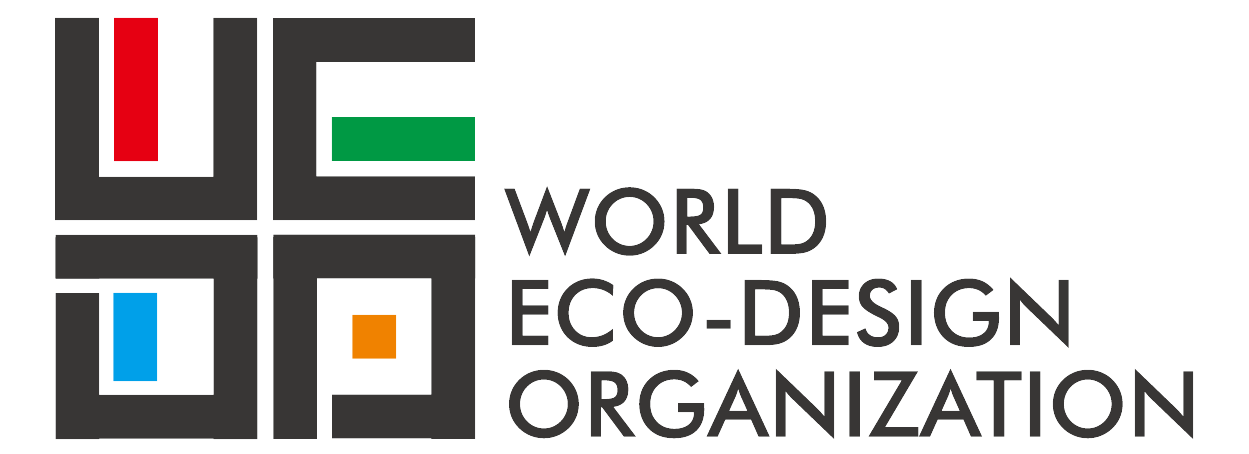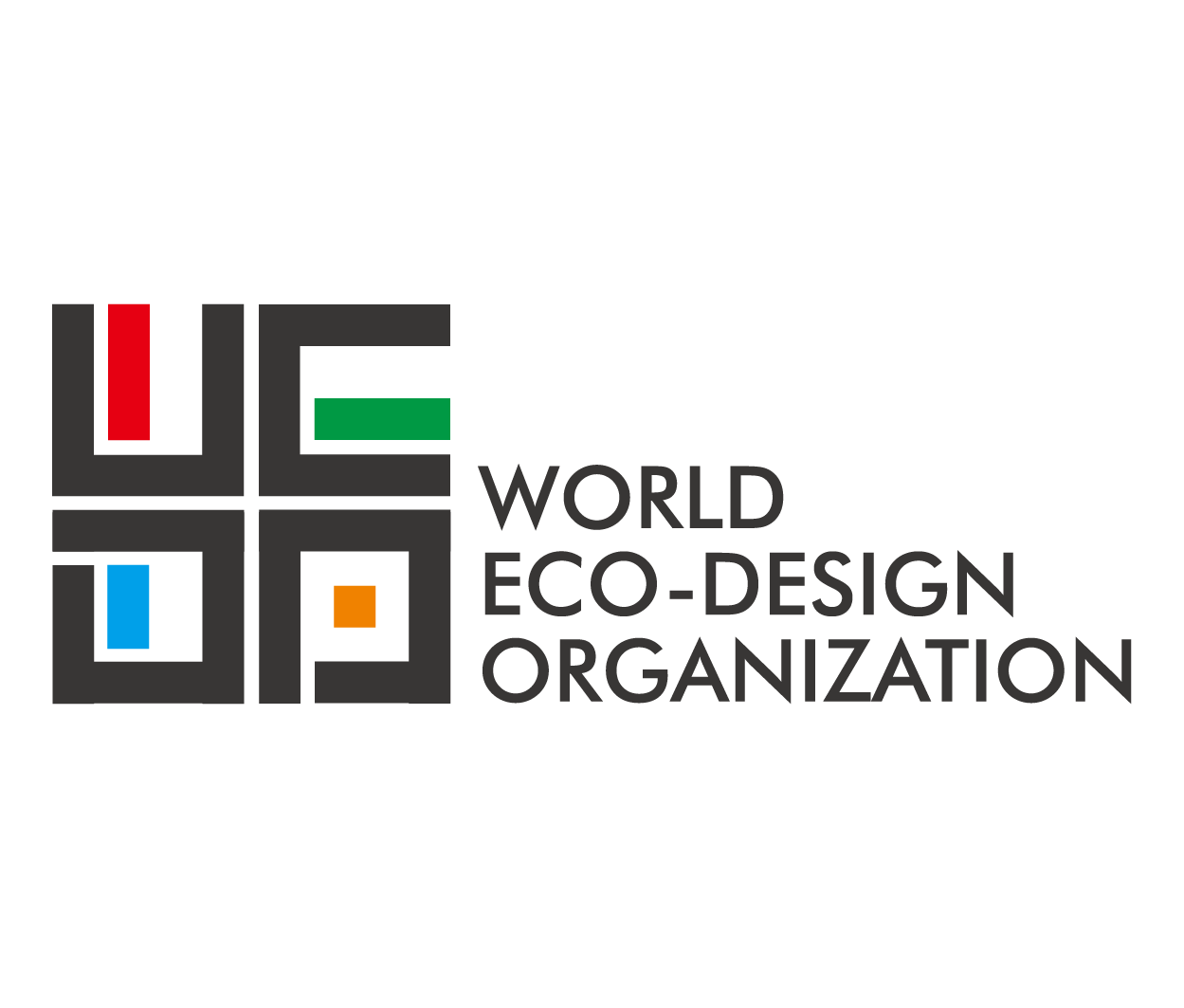From 3D-printed houses to prefabricated skyscrapers and the use of digital twins, cutting-edge technology holds promises for building at a lower cost and in a more sustainable manner.
1. Generative design
Generative design, assisted by artificial intelligence (AI), refers to an approach in architecture where algorithms are used to generate multiple design alternatives. For architects, this means that AI becomes their partner in the design process, offering the ability to quickly evaluate various building layouts that are aesthetic and functional. By setting certain parameters like maximizing natural light, enhancing airflow, or minimizing material use, these algorithms can put forward more sustainable solutions. For architects, AI can be an invaluable tool, provided they possess solid decision-making skills to avoid being overwhelmed by the many possibilities it offers.
2. Daylighting and thermodynamic modelling
A well-analyzed daylighting strategy can significantly reduce electricity consumption. Various tools and software exist to help architects harness natural light, which benefits occupants’ health and reduces peak electricity demand, particularly during hot summers. From the positioning of the walls to the type of windows, the aim is to optimize the use of daylight in buildings.
3. 3D printing and robotics
In Alcobendas, Spain, the first-ever 3D-printed pedestrian bridge by The Institute for Advanced Architecture of Catalonia made headlines in 2017. Automation opens up opportunities for experimenting with new materials, aesthetics and forms. 3D-printed buildings can be affordable, flexible, and climate-resilient. Although the technology still widely relies on carbon-intensive concrete, 40 per cent reduction in materials is among the promises of 3D-printing in construction. Moreover, the technology can cater to rapid urbanization. For instance, in 2022 Denmark-based company Power2Build completed Africa’s largest 3D-printed building in Angola, a 140 m2 residential structure, in just 30 hours.
4. Mimicking reality with a digital twin
A digital twin is a 3D visual replica of a physical building. It gives architects access to an evolving model, allowing them to test their ideas in the virtual environment. Digital twins can compare the digital model with the real structure over time. The technology also assists in choosing materials and processes that reduce the carbon footprint of the building over its lifecycle. Although this technology itself requires considerable amounts of energy, its use can reduce a building's energy usage by a significant percentage. For instance, by using a digital twin, Dutch architects were able to reduce the Hague City Hall’s energy consumption by 39 per cent.
5. Modular construction
“Building in batches”, or modular construction, reduces a significant amount of construction time and errors, bringing down over-consumption and wastage of materials. It involves manufacturing completed or partially completed parts in a factory with the help of digital tools and modelling methods. The process can be mind-blowingly fast. In 2015, a 57-storey skyscraper was constructed in a mere 19 days in Changsha, China, with giant LEGO-like blocks assembled at the site. But modular construction doesn’t have to be limited to huge structures. The ModSkool school in Delhi, India, made with indigenous materials, is designed to be rapidly dismantled and moved in the event of flooding.
6. The new, green BIM
Implemented since the 1970s, Building Information Modelling (BIM) is an approach for digital information management to improve building and infrastructure quality. BIM software offers digital representation of a building's characteristics. It enables professionals in the built realm to consider the sustainability of materials and design in the digital environment before taking the project live. The United Kingdom’s push for BIM standardization led, in 2019, to the introduction of the international ISO 19650 standard, recognizing the need for strict standards and governance locally and globally. BIM also offers “intelligent management” features. Take, for example, the Edge in Amsterdam, also known as the “smartest building in the world”. A smartphone application allows users to interact with the building: reserve workspaces, control light level, or adjust the temperature of the space they’re in.
Source: Archi-tech | 建筑科技时代 (qq.com)
Source: Archi-tech | 建筑科技时代 (qq.com)






 en
en



 Guangzhou,China
Guangzhou,China +86 - 19925740779
+86 - 19925740779 wedc@vip.126.com
wedc@vip.126.com










